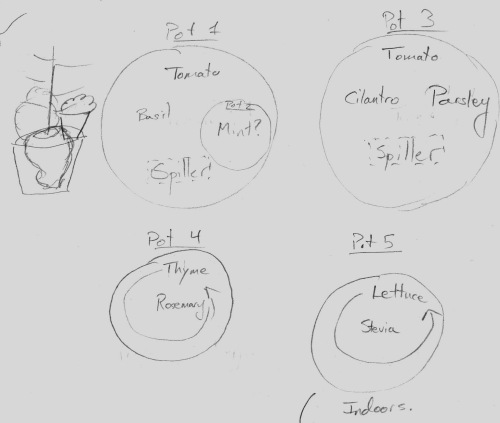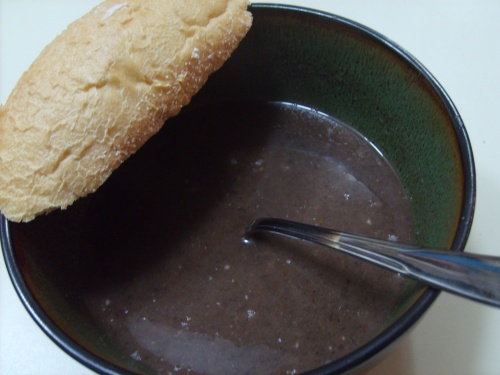So, last year, one of my goals was to lose weight. It’s a tangential goal this year (as in, it’s not a big focus). I’ve been overweight for a good long time, since I came to college and started living on my own. I’ve read diet books, tried keeping a food journal, worked out a lot. Nothing really seemed to work, or I wouldn’t stick with it because it was super tedious.
Last December, I was reading yet another diet plan (I mentioned it back in January). It was using an oversimplified formula (calories in < calories out). Didn’t look like anything special. But what was interesting was that the guy started talking about using statistics to find out your “true weight”. The weight of a human body fluctuates throughout the day (and for women, sometimes the month), and so it’s difficult to say “I weigh ___.” When you’re trying to lose weight, it’s even more frustrating. One day you’ll be really low, and the next really high. It is literally like a roller coaster. So what this guy does is he keeps a weighted moving average of his weight, and that gives him an idea of where his weight is really at.
Of course, this is a simple enough calculation for a computer, so there’s an app for that. I’ve been using FatWatch. The name is crude, but it has a nice set of features and is easy to use. There’s also True Weight for the iOS, and Libra for Android. FatWatch is the most expensive of the three, but I like the fact that I can mark “Oh, I ate out today”, or “I worked out today”, and there’s even a built in “mini-workout” system. You can also make free-form notes, so if I eat out, I denote what restaurant. If I work out, I put a brief note about what I did.
So how’s it working? Well, I am actually losing weight! I don’t think it’s all due to the program. I’ve been making dietary changes mostly, eating smaller portions, and not having all my vices in one day. The biggest thing I’ve done is that I’ve stopped snacking between meals. I still like a snack, but I make it very small, or I have the snack and not a meal. I haven’t been eating as many processed foods at home, and certainly nothing “low-fat”. I’ve been doing compensations ala French Women Don’t Get Fat. And I’ve been eating out a lot, due to family in town. My results are probably going to get much better once I start eating at home more.
I’ve lost about 5 pounds. This may not sound like a huge deal, but that’s 5 pounds “real weight”. I’ve gone down a pants size. In all my attempts ever, I’ve never had this kind of success. I probably won’t hit my goal weight before the end of the year (if I hit it at all, it may be unrealistic). But I’m sure I can get to a healthier place, even before May (when I start my new job) or August (big family gathering to show off at). I’ve been doing the mini-workout in the program to make sure that I’m actually losing fat and not the (little bit of) muscle that I have.
The one galling thing to me is how easy it is to do this now. Why couldn’t I have done this years ago? Why couldn’t I have done this before the problem became so bad that I have this much to lose? I think the biggest suspect is stress. I eat when I’m stressed, and between family drama, graduate school, and fears for the future, I’ve been really stressed the past few years. This semester, I’m relaxing as I finish up my obligations at the university, looking forward to a new job with defined hours, and picking up hobbies that I had abandoned long ago. I have a big event coming up this weekend (actually two!) and I’m already prepared for them. So stress is not a factor this semester. Let’s hope I can keep it that way.


